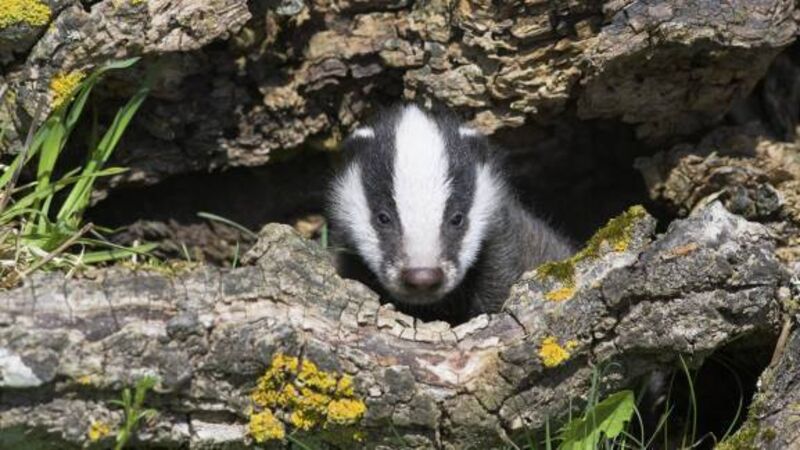Naturally a matter of life and death

So will more of them make it through to spring? The swallows and martins departed en masse as usual. So did the warblers, apart from a few chiffchaffs. Our Irish blackcaps left, only to be replaced by German ones which come here for the winter.
Wheatears from Iceland Greenland and Canada have just passed through on their way to Africa. Migrants seldom had it so good; conditions were mild and there was plenty of food.














